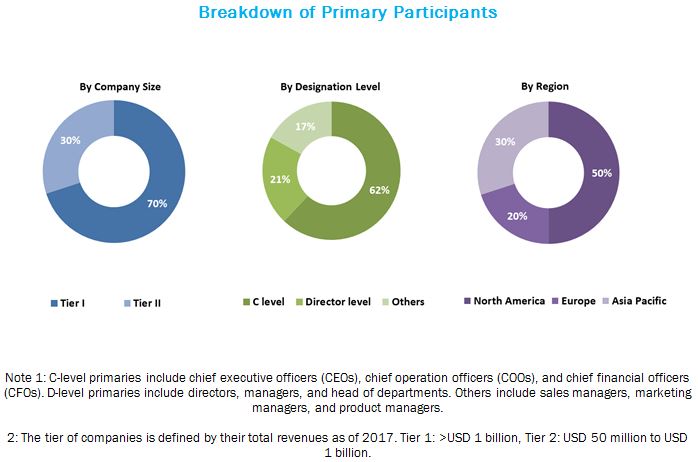The global blood screening market consists of various technologies and products & services which are used in blood banks and hospitals for the screening of various TTIs.
The blood screening market is expected to reach USD 2.80 billion by 2021 from USD 1.76 billion in 2016, at a CAGR of 9.7%.
The major factors driving the growth of this market are increasing number of blood donations and blood donors and rising awareness regarding the safety of donated blood. In addition, increasing affordability and adoption of nucleic acid test (NAT) for blood screening, rising demand for donated blood, and increasing prevalence of infectious diseases are also driving the growth of this market.
Download FREE Brochure @ https://www.marketsandmarkets.com/pdfdownload.asp?id=267747042
However, capital expenditure and the operating costs of NAT instruments, lack of mandates for NAT in developing countries, and the emergence of alternative technologies are restraining market growth. Furthermore, some of the major opportunities observed in this market include growing economies such as China and India, the emergence of pathogen reduction technology, and demand of multiplex tests.
Based on technology, the blood screening market is segmented into NAT, enzyme-linked immunosorbent assay (ELISA), rapid tests, western blot assays, and next-generation sequencing (NGS). The NAT segment is further subsegmented into transcription-mediated amplification (TMA) and real-time PCR. The ELISA segment is further categorized into various platforms and generations. On the basis of platform, the ELISA market is segmented into chemiluminescence immunoassay (CLIA), fluorescence immunoassays (FIA), and colorimetric immunoassay (CI).
On the basis of generation, the ELISA market is segmented into first generation ELISA, second generation ELISA, third generation ELISA, and fourth & above generation ELISA. The NAT segment is expected to dominate the global blood screening market in 2016. This growth can be attributed to factors such as increase in blood donation, rising prevalence/incidence of infectious diseases, and increasing capacity (disposable income) to pay for NAT-tested blood.

On the basis of product and service, the blood screening market is segmented into reagents & kits, instruments, and software & services. The reagents & kits segment is further divided into NAT reagents and kits, ELISA reagents and kits, and other reagents and kits. On the basis of purchase mode, the instruments market is segmented into rental purchase and outright purchase. In 2016, the reagents and kits segment is expected to account for the largest share of the blood screening market.
On the basis of end user, the market is segmented into blood banks and hospitals. In 2016, the blood banks segment is expected to account for the largest share of the global blood screening market. Some of the major factors driving the growth of this segment include increasing demand for donated blood and growing number of organ transplantation surgeries around the world.
To Know More @ https://www.marketsandmarkets.com/Market-Reports/blood-screening-market-267747042.html


